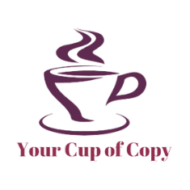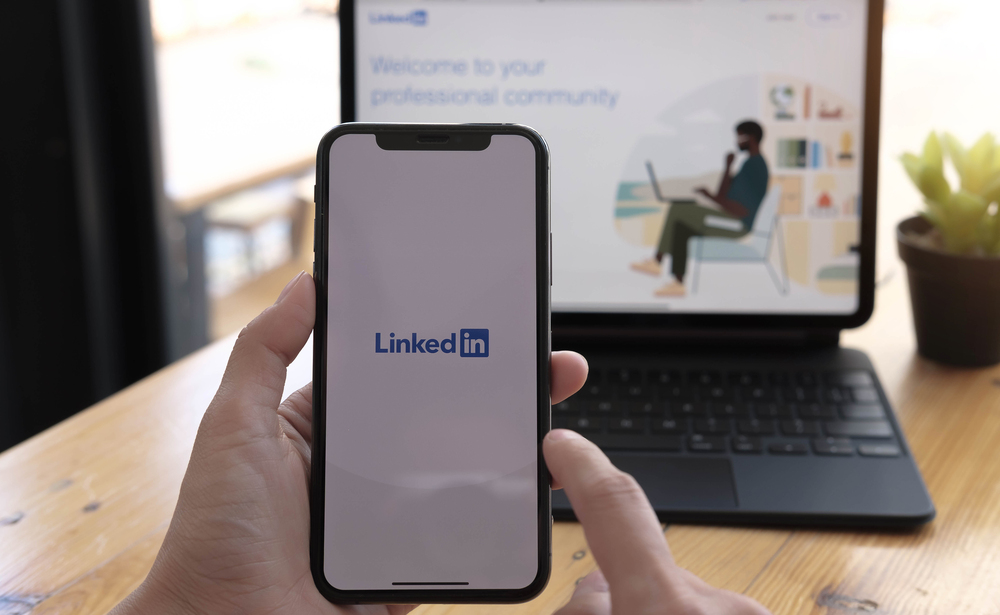When you incorporate gratitude into your content, you’re not just being polite—you actively build authority, trust, and credibility with your audience. Studies in social psychology show that gratitude increases perceived warmth and trustworthiness, which are essential qualities for thought leaders aiming to cultivate an engaged and loyal following.
1. Reinforces Authenticity:
Acknowledging your audience’s role in your journey adds a layer of transparency and humility to your brand. When you publicly thank followers, clients, or colleagues, you show that you don’t view your success as a solo achievement but as the result of a collective effort.
2. Builds Loyalty and Engagement:
People who feel appreciated are likelier to stick around and engage with your content. A simple, heartfelt thank-you can turn a casual follower into a committed fan. By consistently showing appreciation, you create a community that values your leadership, increasing your visibility and influence.
3. Inspires Your Audience to Share and Participate:
Gratitude is infectious. When you openly express it, it often prompts others to do the same. This can increase shares, comments, and interactions, amplifying your message. As your audience shares your gratitude-filled content, your visibility naturally expands, positioning you as an authentic leader worth following.
Practical Ways to Build Authority by Expressing Gratitude in Your Messaging
So, how can you start integrating gratitude into your thought leadership content in a natural way that resonates with your audience? Here are some actionable strategies to help:
- Acknowledge Your Audience’s Contribution: Take a moment to express genuine thanks to your audience. Mention how their feedback, support, or constructive criticism has helped you grow.
- Highlight Stories of Your Followers or Clients: Spotlighting your audience’s achievements or testimonials is a powerful way to show appreciation. Not only does this reinforce your gratitude, but it also provides social proof for your brand.
- Create Gratitude-Themed Content: Dedicate an entire post to expressing gratitude. Share stories of challenges overcome with the help of your followers, or talk about how they inspire you to keep going. Showing vulnerability and expressing thanks for the tough times reveals strength and encourages connection.
- Encourage Participation by Inviting Gratitude-Related Engagement: Prompt your audience to share what they’re grateful for. This can be as simple as a weekly “Gratitude Friday” post where you invite them to comment. Not only does this increase engagement, but it also fosters a community around positivity and support.
By expressing gratitude as a thought leader, you build a reputation for valuing your audience by acknowledging the collective effort and seeing beyond the numbers. Gratitude sets you apart, adding depth to your leadership and establishing you as an authority whose values resonate with the community.
Are you ready to express gratitude as a thought leader? Schedule a coffee chat to see how I can help you with your messaging.










